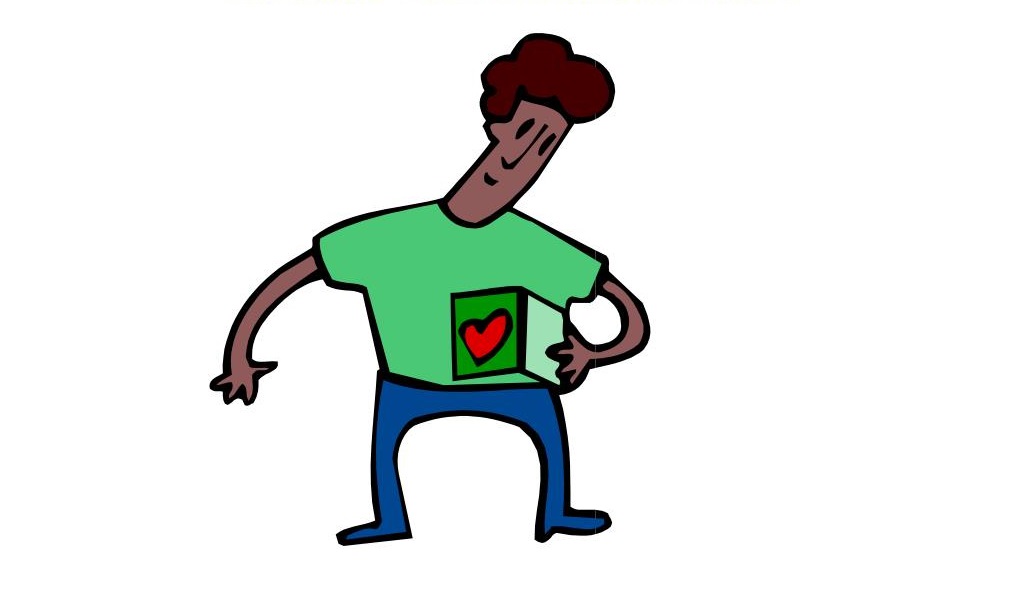My interest in Authentic Leadership stems from my interest in authentic people.
Being authentic and knowing thyself (“To thy own self be true.” –Polonius, Hamlet from Shakespeare), which in the end leads to a happier and easier life. As a coach and trainer for the last 11 years, I have been fascinated by self-awareness and awareness of others and how that leads to authenticity, starting with myself of course and then teaching and sharing insights, theory and practice with my clients. What started off as a nice to have ability, has in our present time become a have to have.
Authenticity is a journey, not a destination and it is a competency, skill, ability, knowledge (however you want to label it) that we can all have, if we want it.
I add if we want it, as there are responsibilities to knowing yourself, which gives great rewards and expects higher values, integrity, compassion, vulnerability and openness. If you are interested in being an Authentic leader, then keep reading and if you want to begin moving in this space, then join the NotchUP training day in Nyon on 28 May for a day training on Authentic leadership, a great way to NotchUp and kick start the journey.
The best place to begin a discussion on Authentic Leadership is with self-awareness, as this is the most direct route and Tasha Eurich in her book Insight: How to succeed by seeing yourself clearly speaks extensively on self-awareness, as such I will use her references to set out the importance of self-awareness. To begin, self-awareness is the ability to see ourselves clearly—to understand who we are, how others see us, and how we fit into the world
around us.
Eurich states “self-awareness is the meta-skill of the twenty-first century … the qualities most critical for success in today’s world—things like emotional intelligence, empathy, influence, persuasion, communication, and collaboration—all stem from self-awareness. To put it another way, if we’re not self-aware, it’s almost impossible to master the skills that make us stronger team players, superior leaders, and better relationship builders—at work and beyond.”
And I will add authentic leaders.
If I was to ask you ‘are you self-aware?’ you would say yes, but Eurich in her research found that “only 10-15% of the people we studied actually fit the criteria.” How does she define self-awareness? Eurich divides self-awareness into two areas: internal and external self-awareness.
“Internal self-awareness has to do with seeing yourself clearly. It’s an inward understanding of your values, passions, aspirations, ideal environment, patterns, reactions, and impact on others.“
“External self-awareness is about understanding yourself from the outside in—that is, knowing how other people see you.”
Both internal and external self-awareness are necessary to be fully rounded in authenticity. Consistent decisions, values and behaviour within and outside of our work, along with seeing others’ perspective demonstrates characteristics of an authentic leader and this leads to a happier person, who retains a motivated team and has more trusting relationships.
If you are not the 10–15 % of self-aware people, then you may be surprised by others feedback and demonstrate inconsistent and incompatible characteristics which lead to discontent at work and with life. Learn how to gain in self-awareness, seek honest feedback from those not afraid to tell you the truth and begin to know thyself.
Through her research Eurich states, “when we see ourselves clearly, we are more confident and more creative. We make sounder decisions, build stronger relationships, and communicate more effectively. We’re less likely to lie, cheat, and steal. We are better workers who get more promotions. And we’re more-effective leaders with more-satisfied employees and more-profitable companies.”
Self-awareness is a continual process of looking inward to discover what has always been there.
To help bring to the surface what we know is within and what we do not even know is within. Once these things surface to your consciousness then you can no longer say you are unaware. For example once you have seen a beautiful rainbow, you can never again say you do not see colour.
In my view and from my experience as a conscious awareness teacher of the Sophro-ki Sophrology Foundation diploma for women leaders, I regularly research and write about the benefit of engaging the right brain and the unconscious for the process of looking inward.
Traditional leadership training like most education focuses on explicit and cognitive leaner that is external resource based, while I would argue that the use of implicit or unconscious learning where inner resources are sought is an innovative and effective approach worth considering.
Our modern existence keeps us in the analytical hemisphere of the brain – the left brain, which can be loud and chatty.
In order to access our inner resources, knowledge and insight (intuition) we need to engage our right brain, our unconscious mind. As I say to my clients, visit your unconscious daily. There are many ways to do this. Meditation in any form is one way, either sitting still and quiet your mind and focus on your breath or Sophrology through dynamic meditation where the body is engaged (this is my preferred way). Many people talk about mindfulness as a method, but be aware, only if you engage the unconscious will you truly get the benefits, otherwise you remain on the surface and it is your left brain that is being aware.
An exercise I like to share with my clients, which you can already try now and continue to practice is called the body scan, tension release and shrugging shoulders. Follow these instructions:
Body scan: While sitting in a chair, with your eyes closed become aware of your breath and starting from your feet or your head, name each part of your body as you bring your attention to that body part, for example: become aware of your head, the top of your head, the forehead, the back of the head, the nose, the jaw, the neck, etc.
Tension release: continues on from body scan and eyes still closed. As you remain sitting in the chair, bring your legs out in front of you and hands behind your head, lean back, feet and legs extended in front of you, tense the whole of your body, more, more, more … then release, relax and let go of anything you no longer need in your body.
Shrugging shoulders: continues on from tension release, sitting in chair, eyes closed, bend your arms at the elbows, breath in and hold your breath and begin to shrug your shoulder, by bring the shoulders up to your ears and down. You can do this fast or slow, then stop and blow out your breath. Do the shoulder shrugs another 2 times and while you do the exercise become aware of what your body is doing.
Finish the exercise by taking a pause and becoming aware of all the sensations in your body and then open your eyes and move your body as your body wants to move and stretch.
This is just one example of how you can go into your body; give space to your right brain to process and share ideas and information to your mind. You will be more relaxed, more present and focused. The mind and body connection created will support greater self-awareness.
It is important to know how to move from your left to your right brain and back again depending on the situation and the needs. Modern life demands that we engage our left-brain on a regular basis, perhaps more than we like. However, we can also choose to explore and develop our right-brained faculties. The mind and body work together to give us information about ourselves, about others and our environment. Combine that with knowing your values, managing your emotions and connecting to your essence and you have the formula for becoming an authentic leader.
About the Author
Diana Ritchie
Diana Ritchie has studied the phenomenology of being for the last 11 years, starting with Sophro-ki® Sophrology, then establishing SCC Sàrl in 2007 to work with individuals, and organisations around self, talent and performance development. I share my multidisciplinary know how through coaching and training, using a variety of traditional and alternative techniques.
I teach Conscious Awareness to groups and offer private sessions. I am the Vice President of the International Sophrology Federation. I am registered with the Swiss complementary health insurance. – ASCA.

